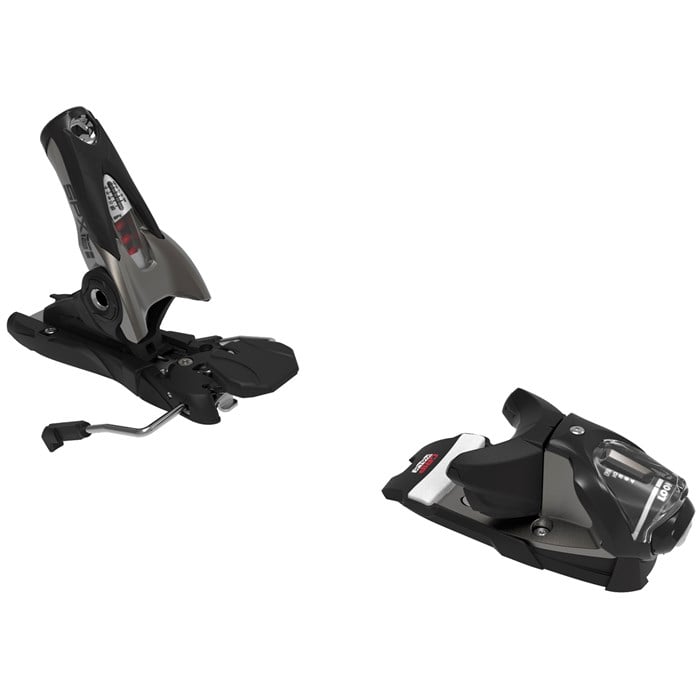

They retained some, but not all, of the rotating elasticity of the original Pivots, and the heel piece slid along a more traditional track, giving the new Pivots more BSL adjustment than the originals. Some time in the late 90s/early 2000s Look tries to make a updated version of the Pivot heel that's a little cheaper and easier to adjust.

They're awesome, especially for their time. Look creates the original Pivot heel and pairs it with an updated version of their innovative "Nevada" toe. The genesis of the Pivot and the SPX existing in the same line, to my recollection, happened like this: I was like yeah, that's what I just fucking said dude.As far as I know the SPX heel is the descendant of the old PX heel, which doesn't rotate. Then he was suddenly like, ok well I'll mount them at 324 and you should be able to get a 330 to work. After trying to explain this bullshit to me I was like you know what bro nevermind, just mount them for 320.
I told him I thought the 14 15 and 18 heels were all the same, and was not aware of any "new" 15's or 18's that were different. This guy proceeded to tell me that what I was talking about was impossible because the "newer" 15's and 18's had way less range. Had another setup mounted at another shop - I explained the same instructions. Got the skis back and he had them set up for 320 bsl with the arms way far forward, so there's no chance for a 330. I recently had a set mounted for 320 bsl that I also wanted to be able to use a 330 boot in. So If I had a 325 bsl mounted in the center of the range, I should easily be able to adjust to either a 330 or 320 boot.Ī lot of tech's just take the binding and mount if for the bsl and then dial it in without paying attention to where the arms are. That would give you equal adjustment potential either forward or back. A good tech would center the adjustment arms and then mount for the BSL. CoronaAlso follow up: Would most shop techs centre the adjustment for your boot when they mount pivots? Or do they not care and only make sure they have enough play to properly adjust forward pressure


 0 kommentar(er)
0 kommentar(er)
